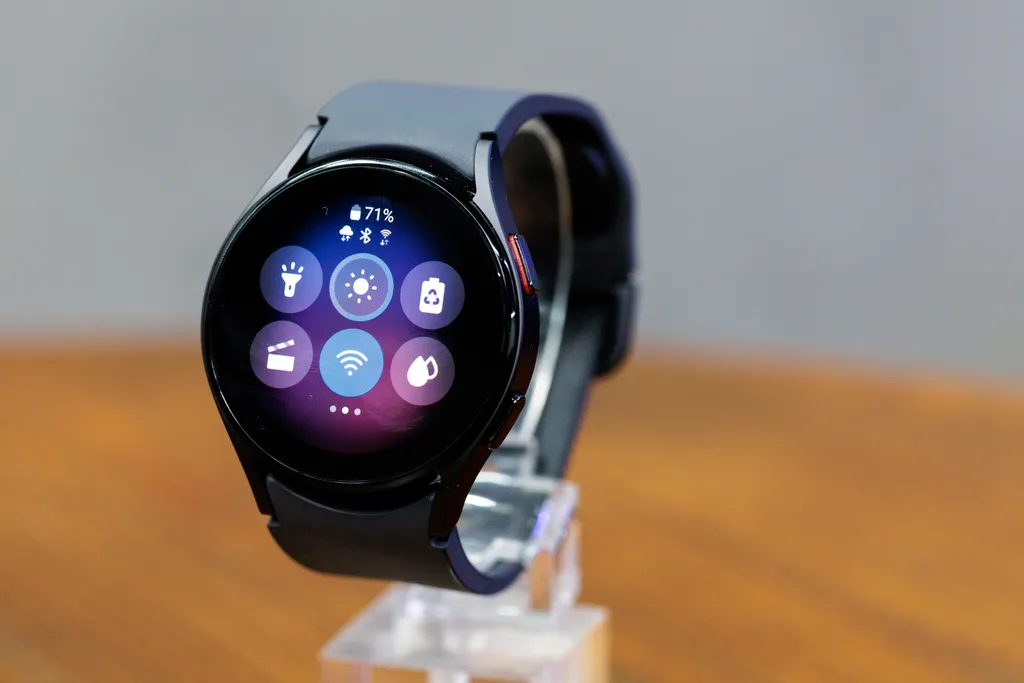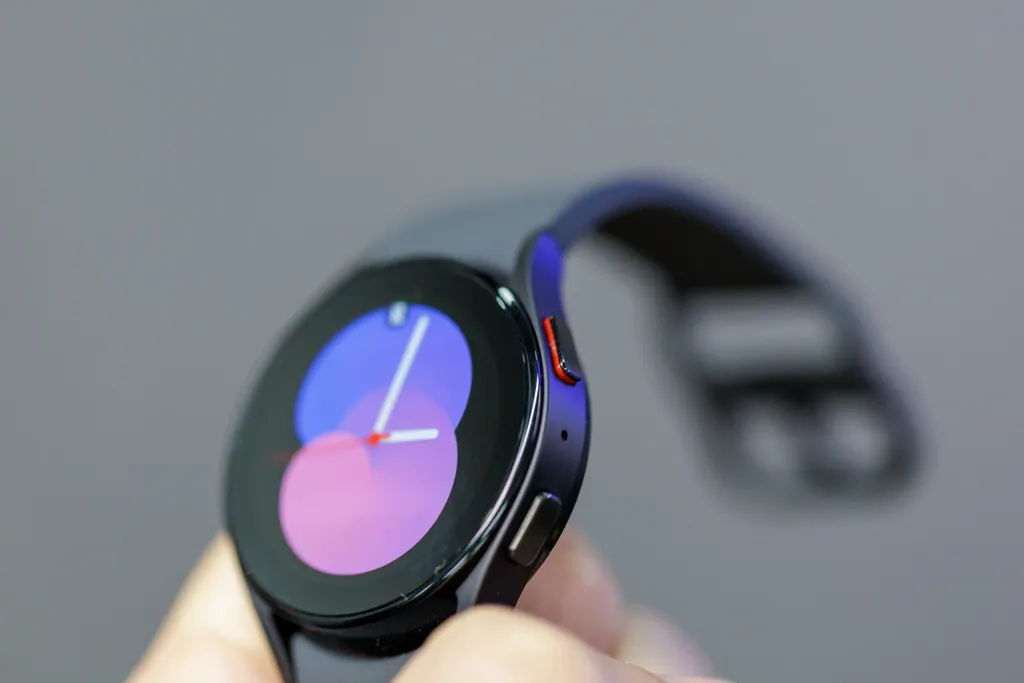The notebook market seems to revolve around “pre-arranged” configurations, and limited by hardware manufacturers. Generally, laptop models for sale bring very similar configurations changing only the brand and chassis of the equipment.
The Acer Aspire Vero from Acer doesn’t deviate much from this concept, but brings an ecologically correct approach based on a construction with a focus on sustainability.
I tested the Acer Aspire Vero for a few days and I tell you everything about this ecological notebook, its advantages and disadvantages, and also if it lives up to the sustainable proposal propagated by the company.
Right away, I can point out that this is not a super modern or gaming-oriented device. The Aspire Vero proposal is to be functional and recyclable. Check out my review until the end, and find out what’s different about this notebook, and, of course, if it’s worth paying the amount charged for it.
Design, Build and Connectivity
Among so many notebooks with aluminum chassis or plastic imitating brushed metal, I was surprised by the body of the Aspire Vero. The notebook is made entirely of plastic, and there is recycled material in all parts made with this element.
/i653753.jpeg)
- Dimensions: 19.5mm x 363.4mm x 238.4mm;
- Weight: 1.9 kg.
The result is a distinctive design which draws attention precisely because it does not look like what we are used to seeing in other models. It’s not very thin, despite having a relatively simple configuration, but at least its cooling system works well, and keeps the notebook cool even under heavy workloads.
/i653759.jpeg)
The chassis of the Aspire Vero has a slightly rough texture. The model I tested has a greenish gray color throughout the body of the device, except for the edges around the screen, which are black and use a different type of plastic. The equipment has straight lines and slightly pointed corners. The only part that I found a little flimsy is the top cover, which is quite flexible.
/i653771.jpeg)
Regarding connections, we have the power connector, the RJ45 input for a network cable, an HDMI, two USB-A 3.1 and a USB-C with Thunderbolt 4, all on the right side. On the left side, there is a hybrid headphone and microphone jack, plus a USB-A and security lock. Underneath the notebook, there are slots that help with ventilation, two speakers and four rubber feet.
The notebook still supports Bluetooth 5.1, dual-band Wi-Fi (2.4 GHz and 5 GHz) and Wi-Fi 6E.
Sustainability
As I said earlier, the Aspire Vero is a line of notebooks built with a focus on sustainability, it is an Acer project that aims to cause the least possible environmental impact. On its official website, the manufacturer mentions the slogan “For the planet Earth” and informs about the material used in the manufacture of the equipment.
The manufacturing of the Aspire Vero uses recycled plastic, being 30% in the chassis and 50% in the keycaps of the keyboard. In addition, the touchpad is made with plastic taken from the ocean, and the chassis of the device is not painted. The packaging is also sustainable, using up to 90% recycled paper. There is a whole concern for waste reduction.
/i653761.jpeg)
Acer also includes the VeroSense software, which, in addition to the standard Windows power modes (Performance, Balanced and Energy Saving), also features the Eco+ mode, which further increases the notebook’s energy efficiency, increasing battery life and helping to preserve its useful life. Another feature for this purpose is the possibility of limiting battery charging to only 80% charge to increase the useful life of the power cell.
Acer’s efforts towards preserving the environment are commendable. Even more so if we consider that the Aspire Vero is well built and doesn’t sacrifice design.
/i653775.jpeg)
However, the equipment leaves a little to be desired in terms of “upgrade”. There is only one slot for storage devices. If the user needs a larger SSD, he will have to replace the drive that comes with the product with a larger capacity one. With RAM memory, something similar happens. There is only one slot, which is already occupied by a 4GB stick. The other memory stick is soldered onto the motherboard.
Therefore, if you choose to upgrade memory or storage, you will have to dispose of the old component somehow, which is not very ecological.
/i653777.jpeg)
These decisions can reduce the lifespan of the overall product by limiting the upgradability of the hardware. The less the notebook can receive hardware updates, the sooner the user may feel the need to replace it with new equipment.
Screen
Fortunately, the Aspire Vero brings a good quality screen, with its IPS LCD panel bursting with vivid colors and an excellent viewing angle.
/i653751.jpeg)
- Technology: IPS LCD;
- Size: 15.6 inches;
- Resolution: Full HD (1920 x 1080 pixels);
- Brightness: 250 nits;
- Refresh rate: 60Hz;
- Extra features: Acer ComfyView (45% anti-glare).
/i653773.jpeg)
It’s not an amazing screen, even more so for the low level of brightness. But it shouldn’t disappoint students, professionals and movie and series fans in general. I would say that the Aspire Vero has an “okay” screen for a mid-range device that doesn’t intend to add premium features.
Keyboard and touchpad
The Aspire Vero has a well-organized keyboard. The keys are well spaced and comfortable, and the backlight feature is present and automatically turns on when you type something.
/i653763.jpeg)
- Standard: ABNT2;
- Backlight: yes (off and automatic);
- Multi-touch touchpad: Yes.
The directional arrows could be better organized, as they are too close together and can make it difficult to use. Already the touchpad, despite not being so big, has a good space, satisfactory accuracy and features multi-touch gestures.
/i653757.jpeg)
Aspire Vero has an excellent feature which is unlocking via fingerprint sensor. In this case, the sensor was built into the touchpad, which I don’t think is an ideal place. Even so, the device is positioned so as not to interfere with the usability of the product.
Configuration and performance
The Aspire Vero has a good configuration, being ideal for all types of users, as long as the focus is not on games. It only features the video card integrated into the Intel chip, which even allows you to perform video and image editing tasks, but does not handle heavy games.
/i655611.jpeg)
- Processor: Intel Core i5-1155G7;
- RAM memory: 8 GB DDR4 2666 MHz;
- Storage: 512 GB NVMe M.2 SSD;
- Video card: Intel Iris Xe integrated graphics;
- Webcam: 720p;
- Operating system: Windows 11 Home.
The processor that equips the device is a Core i5-1155G7, launched in 2021, and which is slightly faster than the Core i5-1135G7, very common in intermediate notebooks with a focus on cost-effectiveness. During my tests, the Aspire Vero performed very well, being quite agile. The benchmark in PCMark 10 proves the notebook’s good performance.
/i655613.jpeg)
The Time Spy test also serves as an indication of performance, and can be used as a comparison parameter with other notebooks we tested at Canaltech, and also with the equipment you have at home.
Acer’s eco-friendly notebook also maintained good performance in the SSD benchmark, as we can see below.
/i655615.jpeg)
The CPU-Z stress test serves to measure the notebook’s performance in terms of multi-core processing power, but it also gives us an idea of the product’s cooling capacity.
Usability
The Aspire Vero leaves the factory with Windows 11 Home, as expected. It would be interesting if the notebook had versions with Linux as well, which would make it cheaper.
There’s not much to say about the laptop’s usability. It has no defects or software that negatively impacts the user. I would just like to see equipment leaving the factory with a more optimized system, since Windows devices have this tradition of including several applications that are not used by most users, and only serve to occupy space.
/i653755.jpeg)
If Microsoft doesn’t make a decision about this, perhaps the manufacturers can take the initiative. But I’m just considering that possibility.
As I mentioned earlier, the Aspire Vero comes with VeroSense, which helps save battery life in situations where the notebook doesn’t need to work at full power. The HD webcam included in the product does a good job, dispensing with the purchase of an external camera for videoconferencing.
/i653785.jpeg)
The fingerprint sensor always deserves to be highlighted, as it greatly speeds up the unlocking of the notebook, since the user does not need to enter the password or PIN. It works very well on the Aspire Vero without crashing.
Sound system
Acer’s intermediate notebook with a focus on sustainability brings average audio, but nothing that becomes a problem for this segment.
- Speakers: stereo with two sound outputs;
- Potency: not informed;
- Extra features: dual microphone to help reduce noise when picking up voice.
/i653765.jpeg)
The sound isn’t too loud but it isn’t much lower than other notebooks in this category either. As usual, I always recommend that the user has good quality external speakers, or decent headphones.
Battery and charging
The Aspire Vero also doesn’t have a battery with incredible capacity, but as it receives Intel EVO certification to offer greater battery life, the device ends up delivering good performance in this regard.
- Battery Capacity: 48 Whr;
- Charger: 65W.
/i653769.jpeg)
In the autonomy test carried out with PCMark 10, in which high-resolution videos are played until the notebook’s battery runs out, the Aspire Vero lasted more than 8 hours on. It’s not a bad brand. Remembering that the screen brightness was at 70% and the volume at 50%. The power mode used is always “Balanced”, which, incidentally, is the mode chosen during all laptop tests.
/i655619.jpeg)
Direct competitors
I didn’t find many notebook models equipped with Core i5-1155G7. The ones I found are much more expensive than the Aspire Vero, even with an equivalent configuration.
As a competitor, I suggest the Dell Inspiron 15 3000, which is equipped with the Core i5-1135G7 chip and can be found with almost identical specifications as the Aspire Vero, with only few changes and an approximate price. The Inspiron 15 3000 has a WVA display, which may make a difference for some users as IPS panels offer better image quality.
Is it worth buying the Aspire Vero?
The Aspire Vero is an intermediate notebook with good performance, good battery life, good construction and a distinctive design, which, in particular, pleased me a lot. The equipment is part of Acer’s project to reduce the carbon footprint and fulfills this role well, leaving a little to be desired in the ability to upgrade hardware.
Contrary to what most users think, products made with recycled material tend to be more expensive, since the recycling process makes their manufacture more expensive.
The Aspire Vero, even though it is made with a large part of recycled material, manages to offer a good product, with relevant cost-effectiveness, and a fair price. That’s why I recommend Acer’s eco-friendly notebook for all types of users, especially those more concerned about sustainability.
If you want a notebook from another brand, with similar performance (slightly lower) and some specific changes, the Dell Inspiron 15 3000 appears as a good option. Remembering that Dell’s product does not focus on environmentally friendly manufacturing.


